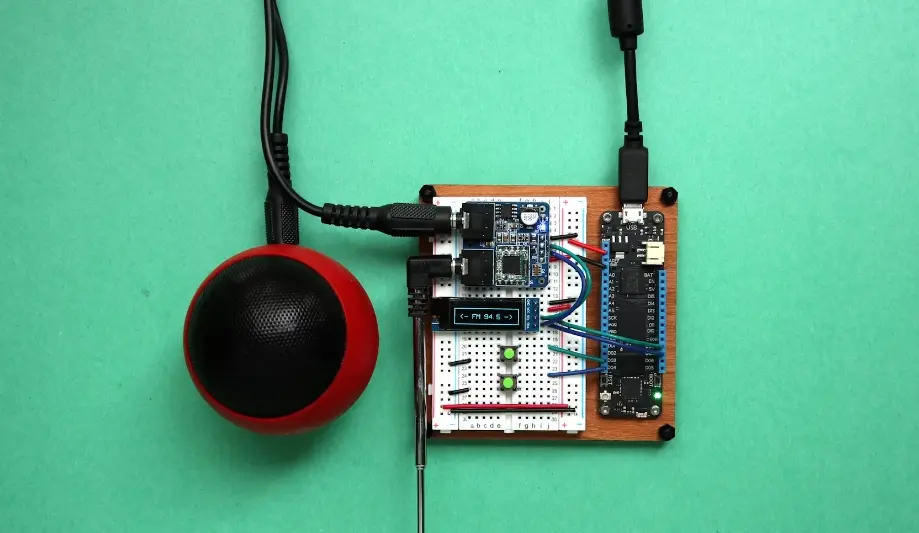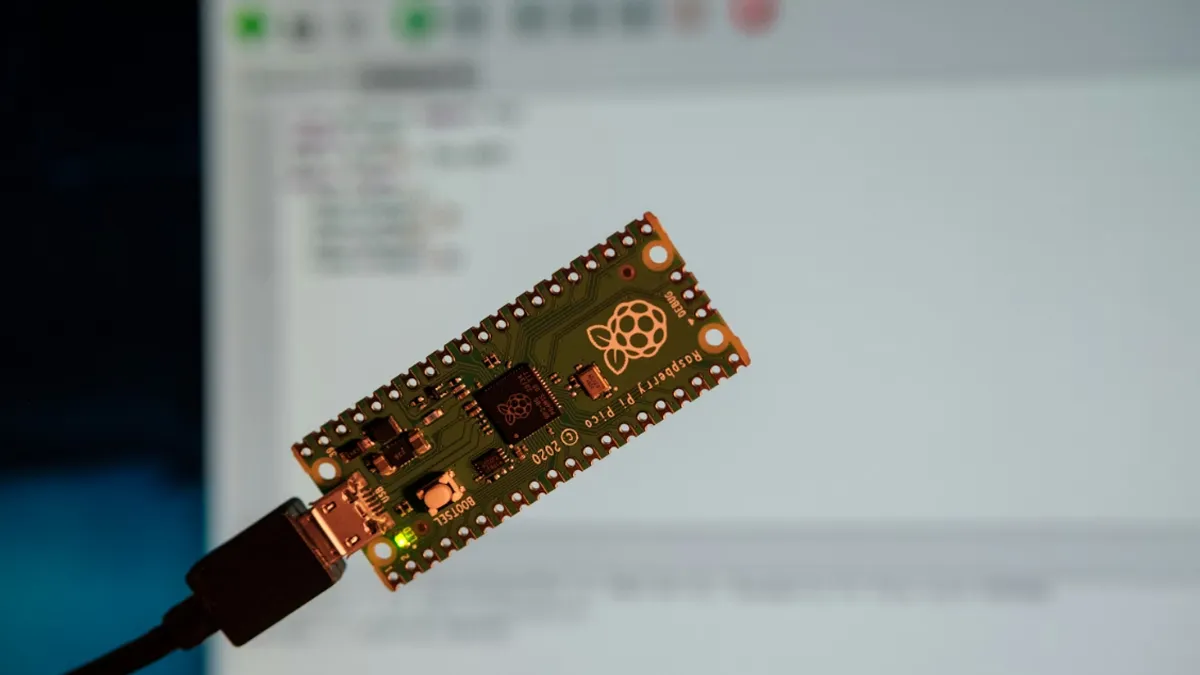
How to Get C-Tick Certification?
C-Tick is Australia's EMC (Electromagnetic Compatibility) certification, regULated by the Australian Communications Authority (ACA – Australia Community Association). As of January 1, 1999, it only regulates the interference portion.

C-Tick Product Categories
According to Australia's EMC regulations, products are divided into three categories. For Categories 2 and 3, suppliers must register with the ACA and apply for the right to use the C-Tick mark.
Category 1 Products:
Products with low levels of interference to devices using the radio spectrum, such as manual switches, simple relays, single-phase squirrel-cage induction motors, resistors, etc. These products may voluntarily apply to use the C-Tick mark.
Category 2 Products:
Products with a high level of interference to devices using the radio spectrum, such as switching power supplies, welding machines, dimmers, and most household appliances.
Category 3 Products:
Products that cause significant interference to devices using the radio spectrum, such as those coveRED under CISPR11 and CISPR22.
Only companies registered in Australia or New Zealand may apply for the C-Tick mark registration with the ACA. Thus, certification can be done via a local branch or partner agency in Australia or New Zealand.
Scope of c-tick certification
According to the mandatory emc compliance catalog issued by the Australian government in 2001, the C-Tick certification mainly covers the following products:
1. Industrial, scientific, technological, and medical (ISM) equipment; audiovisual equipment
2. Household appliances
3. Electric tools and heating equipment
4. Lighting and similar equipment
5. Information technology equipment
Products Not Requiring Certification:
6. Equipment manufactured outside of Australia and not intended for import into Australia
7. Equipment imported from New Zealand into Australia that complies with New Zealand regulations
8. Products not within the scope requiring certification
C-Tick Labeling Requirements
Wireless communication devices or special electrical and electronic equipment must comply with relevant labeling notices before being sold or supplied in Australia. The C-Tick is a sequential label and applies to the following regulatory notices:
1. Radiocommunications (Compliance labeling – Electromagnetic Compatibility) Notice 2001:
Summarizes compliance arrangements for EMC.
2. Radiocommunications (Compliance Labeling) Notice No.1 1996:
Outlines arrangements for compliance with radiocommunication regulations.
3. Radiocommunications (Compliance Labeling – Electromagnetic Radiation) Notice 2003:
Explains the impact of EMR compliance arrangements. Products must be labeled with the sequential C-Tick before being supplied in Australia.
For non-radiocommunication products, continuous labeling must meet Electromagnetic Radiation (EMR) specifications.
For telecommunications products, EMR is covered under the A-Tick labeling scheme. The C-Tick label must include supplier identification information, such as an ACA-issued supplier code, Australian company number, or other specified formats.
More information on the C-Tick mark is available on the ACA website.
C-Tick Certification Process
1. The manufacturer or agent submits a verbal or written preliminary application to the certification body.
2. The applicant fills out the application form and sends it along with product manuals and technical documents to the certification body.
3. The certification body drafts a plan and provides a quotation.
4. The applicant confirms the quotation, signs it, and sends product samples and relevant technical documents to the certification body.
5. The applicant provides technical documentation.
6. The certification body issues a payment notice; the applicant prepays the certification fees.
7. The certification body reviews the technical documents and organizes relevant certification activities.
8. If the documents are incomplete or not in the required language, the certification body will notify the applicant to make improvements.
9. If the product fails testing, the certification body will notify the applicant and decide whether to suspend the project. The applicant may modify the product and update the technical documents to reflect the changes.
10. The certification body provides the test report or technical file to the applicant.
11. The Australian importer writes a letter and submits the report to the ACA (Australian Communications Authority) to apply for a registration number.
Email:hello@jjrlab.com
Write your message here and send it to us
 Infant Support Pillow 16 CFR 1243/1242 & ASTM
Infant Support Pillow 16 CFR 1243/1242 & ASTM
 BRM Registration Card Under CFR Part 1130 Regulati
BRM Registration Card Under CFR Part 1130 Regulati
 How to get a D-U-N-S® Number for US FDA Registrati
How to get a D-U-N-S® Number for US FDA Registrati
 Household Massage Devices Compliance in the China
Household Massage Devices Compliance in the China
 Compliance for the Global In Vitro Diagnostic (IVD
Compliance for the Global In Vitro Diagnostic (IVD
 Compliance Guide for Nebulizers in European and Am
Compliance Guide for Nebulizers in European and Am
 Cybersecurity Certification Service for EU RED Dir
Cybersecurity Certification Service for EU RED Dir
 ANATEL Certification Compliance Guide for Brazil M
ANATEL Certification Compliance Guide for Brazil M
Leave us a message
24-hour online customer service at any time to respond, so that you worry!




